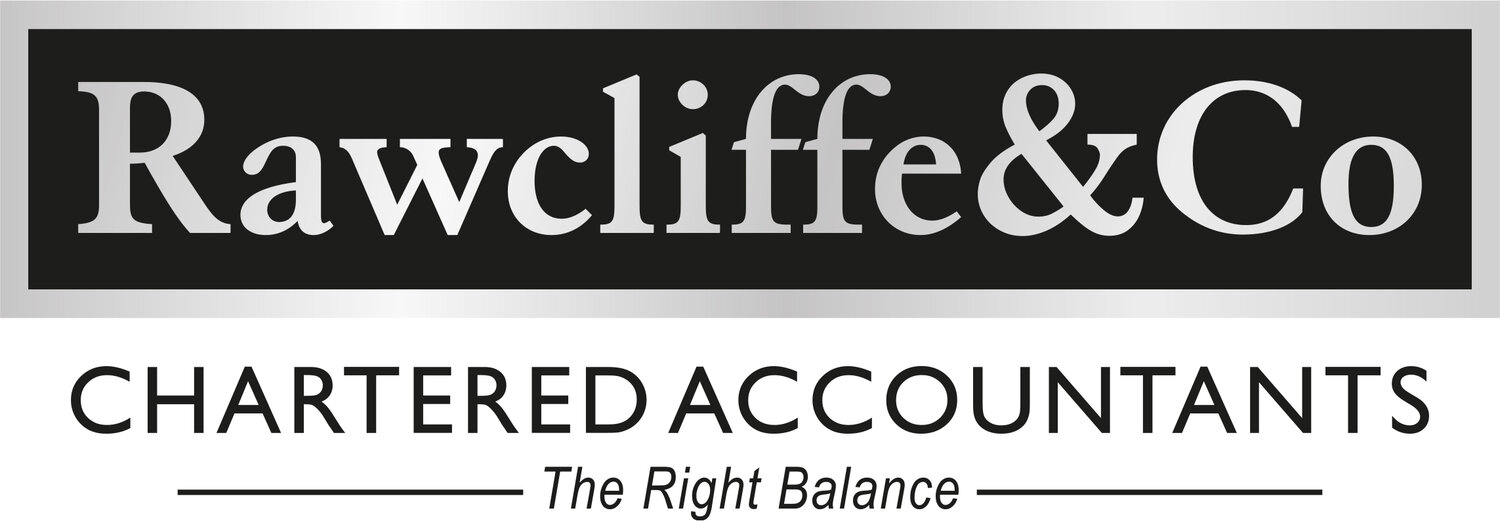Thinking Long Term is A Key Business Strategy
We were finally getting over the financial crisis when Covid struck. Then, in the trough of the worst economic downturn in 300 years, we discovered that recovery was driving the FTSE to new heights and the job market into a frenzy. In the wake of that, it became clear that the recovery was overheating and that we are now facing a period of rising inflation and industrial action.
Russia’s war in Ukraine has made things worse. It has not only meant human suffering – it has affected the entire global economy, driving up the cost of food and energy. It adds to the hardship for those on low incomes and means serious food security risks in the world’s poorest economies.
The economy has always had its ups and downs, but its resemblance to a roller coaster is currently more marked than ever.
Businesses of every size face challenges that are now suppressing growth. A business might have a great product or service, but without a strategic plan to help it define, articulate and communicate where it is going, it will be at the mercy of outside events. We encourage our clients to take some time to think long-term about their business and to establish goals or targets that you can control.
A plan starts with identifying and accessing opportunities within your market and should address how your business is going to evolve to meet the challenges of today and the future. The plan gives your business purpose and answers questions about your long-term goals.
The first step is to look at five important areas:
Think long term – invest time in understanding where the market is going and what this means for your customers. Short-term decisions do not help grow a business.
Having a good value proposition is essential – this states the relevance of your product or service, what it does and why customers need it. What is yours?
Expand your reach – who is your target customer and what do you need to do to let them know you exist and that your product or service is relevant to them?
Growth means new people, systems and (maybe) different ways of doing things. Grow at a pace you can manage.
How will your marketing get your value proposition to relevant customers?
Once you have taken time to write your plan and decide where you want your business to be in (say) 2 years, the next step is to work out a marketing programme with actions to make it happen.
A marketing plan is a business document outlining your marketing strategy and tactics. It is often focused on a specific period of time (i.e. over the next 12 months) and covers a variety of marketing-related details, such as costs, goals, and action steps. But like your business plan, a marketing plan is not a static document. The plan should outline:
1. How you are going to keep existing customers happy and returning to buy more often.
2. What the goals are for getting new customers.
3. The marketing methods you are going to use to achieve 1 and 2.
We specialise in helping our clients manage their businesses. We do this by preparing and updating detailed forecasts, using the latest and most powerful software.

